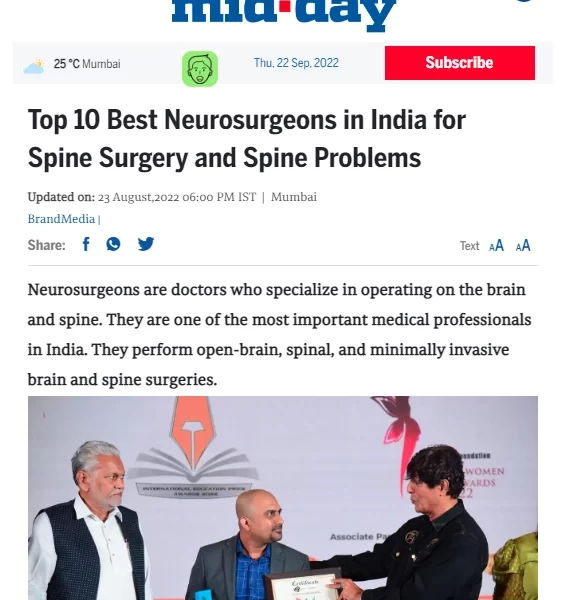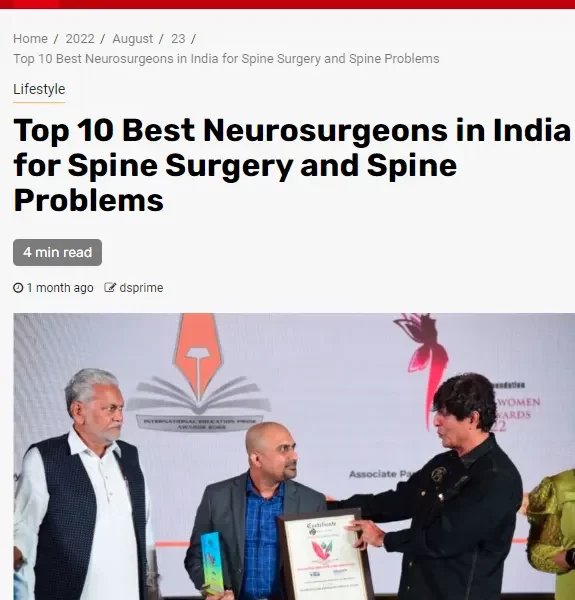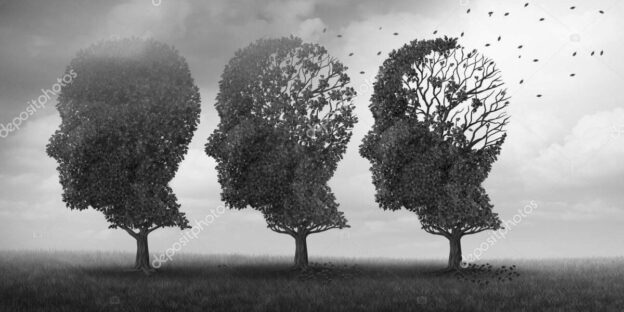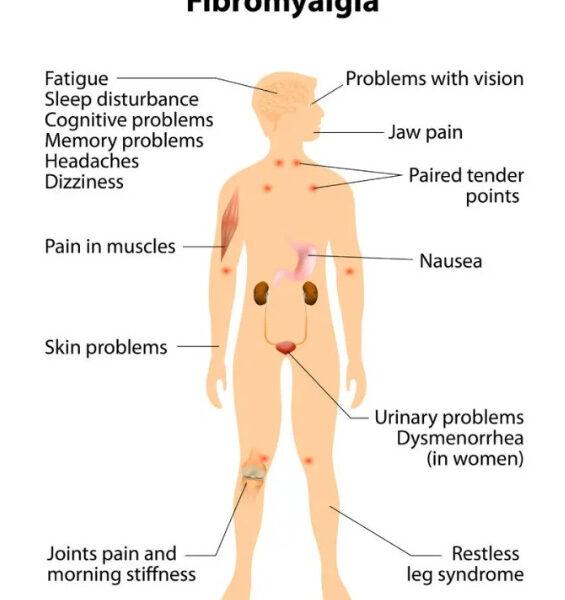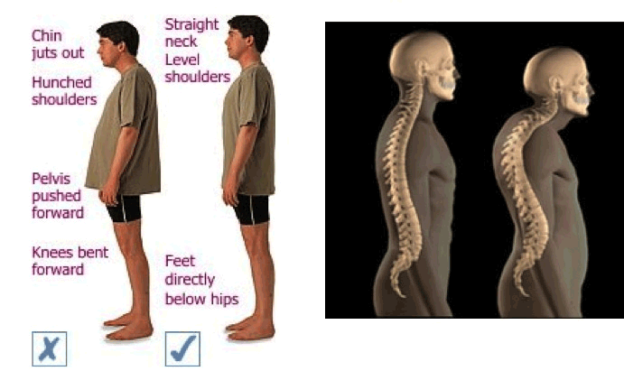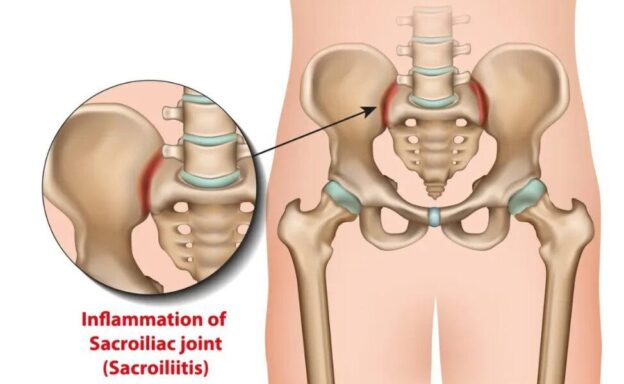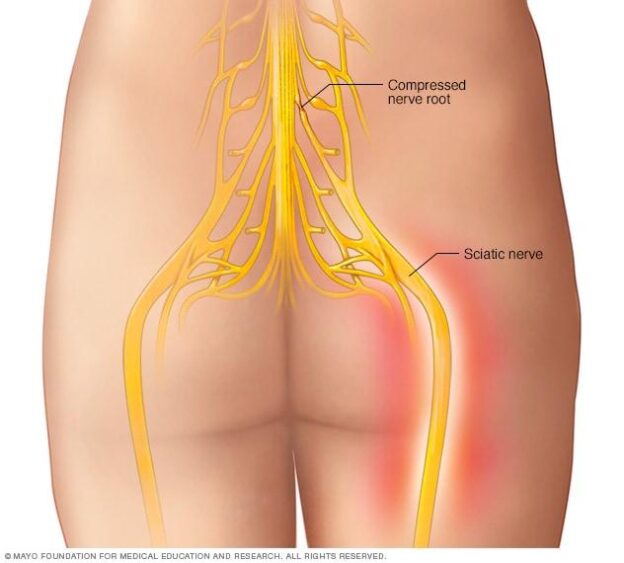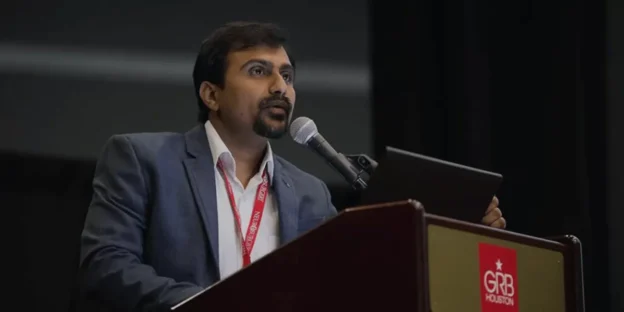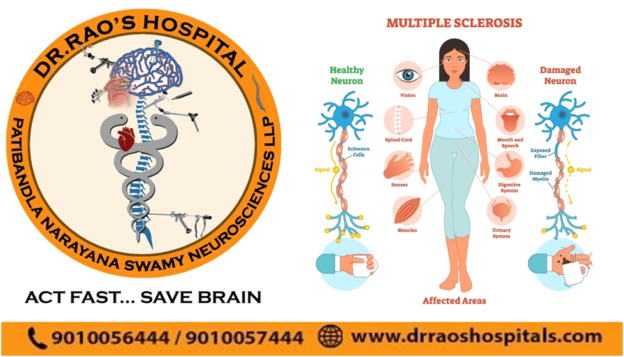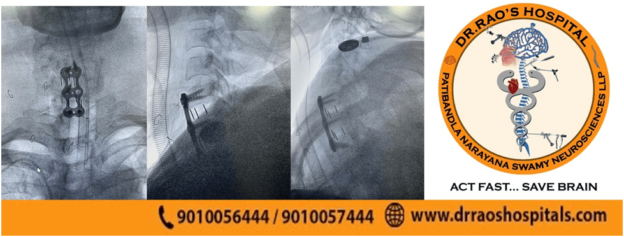The Best Neurosurgeon in Andhra Pradesh
Neurosurgeon is a specialized surgeons who perform surgeries on the human brain, spinal cord, and peripheral nerves. They also treat patients with neurological disorders and injuries.
Their practices include:
– performing surgery on the brain, spine, and other areas of the body where nerves pass through
– researching new treatments for neurological disorders and improving existing treatments
How to Choose the Right Neurosurgeon For Your Need?
When looking for the best neurologist in Andhra Pradesh, there are several factors to consider. It is essential to be aware of your prospective surgeon’s qualifications, training, and international experience.
First, a neurosurgeon is whether or not they are board certified. Board certification means that they have been through a rigorous process of training and testing that proves their knowledge and skills in the field of neurosurgery. It also means they have passed an exam as an expert in the area.
Next, look into how long they’ve been practicing as a neurosurgeon. The more experienced they are at treating patients with similar conditions as yours, the better chance you’ll have of getting good results.
Finally, consider whether or not this surgeon has foreign experience —this can give you an idea of their exposure and high technical expertise.
Why Consult The Best Neurologist in Andhra Pradesh?
The brain is one of the complex organs in the body and is responsible for controlling our actions and reactions. It sends signals to our muscles so that they can move. So that if there is something wrong with your brain, it can affect the way you feel, the way you think, and even the way you move.
There are many reasons to consult the best neurologist in Andhra Pradesh, but here are the top three:
1. Neurology is a complex field with many potential causes of pain and problems. A good neurologist can tell you if your symptoms are caused by something simple like compression of the nerve or something more serious like an infection or tumor.
2. A good neurologist can diagnose your condition and prescribe appropriate treatment, whether physical therapy or surgery.
3. The best neurologists have years of experience examining patients with similar conditions and giving advice on how to treat them effectively or even cure them completely!
Factors to Consider When Hiring the Best Neurosurgeons In Andhra Pradesh?
Before choosing a neurosurgeon, you should consider their affiliations, years of experience, and international exposure.
Doctor affiliations can tell you how much work your surgeon does with other doctors in their field. The more associations they have, the more likely they will be working with other experts and can provide you with the best care possible.
Years of experience are also critical because it shows how long a doctor has been working in their field, which means they have more knowledge and experience than someone who hasn’t been practicing as long.
International exposure is essential because it shows how many surgeries have been performed outside of India or another country where there might be fewer regulations on what equipment can be used during surgery.
The Best Neurologist and Best Neurosurgeon In Guntur?
Dr. Mohana Rao Patibandla, an experienced neurologist in Guntur, is one of the best minimally invasive neurosurgeons in the area. With a focus on diagnosing and treating spinal cord and brain injuries, Dr. Patibandla has years of experience in neurosurgery. He began his career as a general neurosurgeon and became subspecialized in every subspecialty of neurosurgery and neurology. He is an expert in Neurooncology, pediatric neurosurgery, endovascular neurosurgery, spine surgery, functional neurosurgery, and minimally invasive procedures such as endoscopic surgery and radiosurgery; He did all these fellowships in the United States of America (USA).
Dr. Patibandla has been praised by many of his peers for his ability to conduct highly effective surgeries while keeping patients comfortable throughout the process. His commitment to providing the highest quality to his patients has made him one of the most sought-after specialists in Guntur and surrounding areas.
World-Class Neurology Hospital in Andhra Pradesh
Dr. Rao’s Hospital is the best neurology hospital in Guntur, Andhra Pradesh. It is a renowned private hospital that offers a wide range of neurology services at affordable and feasible rates. The hospital has an extraordinary team of nurses and doctors dedicated to providing patients with world-class medical care.
The hospital has a team of qualified neurologists specializing in various fields such as Parkinson’s disease, multiple sclerosis, epilepsy, brain tumor, stroke, and many others. Dr. Rao’s Hospital offers advanced intraoperative facilities, which you don’t find in other parts of India.
The hospital also provides emergency services for neurological problems such as seizures, stroke, and injury to the brain or spine, which occur suddenly. Dr. Rao’s hospital is the only tertiary care center for neurological diseases available in Guntur technologically.
Final Thoughts
To sum up, the best neurosurgeon in Andhra Pradesh is Dr. Mohana Rao Patibandla. Not only does he have an excellent reputation and an impressive track record of accomplishing the impossible, but he also offers some of the most feasible & affordable rates for his services.
We hope that you have found this blog helpful in finding the best neurosurgeon in Andhra Pradesh. Please call Dr. Mohana Rao Patibandla’s office if you have any neuro issues; please feel free to reach out at @9010056444 or 9010057444 or info@drraoshospitals.com

